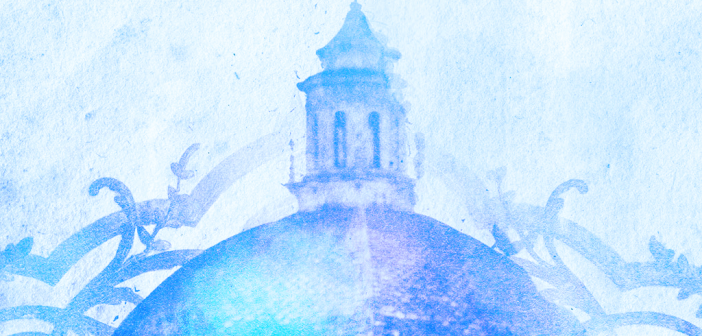I’ve always loved alternate history, especially steampunk, but as a reader with multiple science degrees, I often wondered if there was a place for people like me in historical fiction. Where were the female mad scientists? When I set out to write Ink, Iron, and Glass, I decided the answer should be: front and center.
If you ask most people to name historically important female scientists, they will immediately supply Marie Curie, perhaps followed after a pause by Ada Lovelace, and then their mind will draw a blank. As background research, I set out to discover just how many names ought to be on that list. Was it truly unrealistic to write about nerdy teen girls in nineteenth-century Italy?
To lead us down that rabbit hole, an anecdote.
An early reviewer commented that my novel shouldn’t contain a circular saw because they weren’t invented yet in 1891. Normally I try to let such things go, but in this case the irony is too sharp: not only was it already invented… it was invented by a woman.
Her name was Tabitha Babitt, and she was the sort of woman who observed men working in saw mills and thought, there has to be a more efficient way to do this. She’s widely credited with creating the first circular saw in 1813. History doesn’t know much about her, except that as a Shaker she did not file patents for any of her numerous inventions—her concern was the betterment of society, not personal gain.
Then there’s astronomer Caroline Hershel, who racked up a whole list of firsts in the history of women scientists: first woman to discover a comet, first woman whose work was published by the Royal Society, first woman to earn a salary as a researcher in Britain. On the other side of the pond we had Maria Mitchell, the first female astronomy professor in the United States—though if we broaden the categories, Mitchell was beat to it a century earlier by Italian physicist Laura Bassi, first woman in the world to earn a university chair in science.
 These are only a few of the easiest women to find, those whose intellectual and academic victories were recent enough to not yet be buried by time. The history of science, mathematics, and medicine is full of female thinkers and inventors going back to Ancient Greece and Egypt. We see them through the cracks, in the offhand references of their more famous male colleagues—rarely in their own words, because the words of women are so often deemed not important enough to preserve.
These are only a few of the easiest women to find, those whose intellectual and academic victories were recent enough to not yet be buried by time. The history of science, mathematics, and medicine is full of female thinkers and inventors going back to Ancient Greece and Egypt. We see them through the cracks, in the offhand references of their more famous male colleagues—rarely in their own words, because the words of women are so often deemed not important enough to preserve.
With or without acknowledgement, women have been philosophizing, and inventing, and observing, and calculating since the dawn of civilization. The earliest written record of chemistry is a cuneiform tablet about Babylonian perfumer Tapputi. The first known chemist: a woman.
In Ink, Iron, and Glass, I wanted to put the female scientists back in history, because the truth is we have always existed. It’s not really so “alternate” after all.




